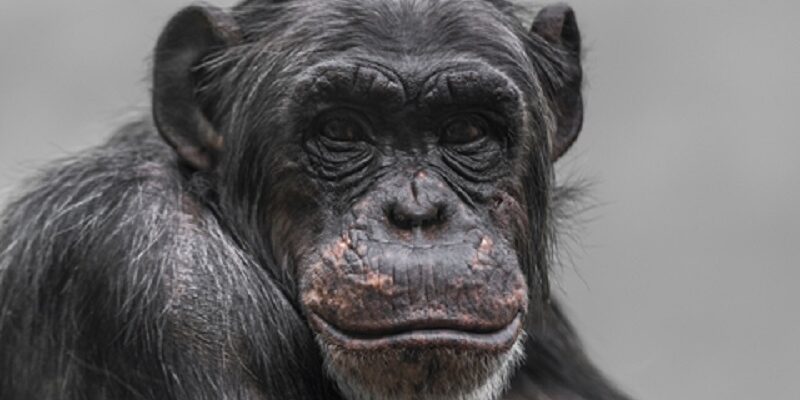Today we will learn about some common settings for shooting wildlife photography. Wildlife photography is a demanding genre that requires the best lenses and cameras. It would help if you had a good lens with a decent focal length. At the bare minimum, you need a 300mm lens with the option to add a teleconverter or a 400mm lens. A fast aperture is also a requirement, but a fast telephoto lens can be very expensive. But we’re not going to go deeper into that discussion. On the contrary, we’ll discuss some of the necessary camera settings for the best wildlife photography.
Aperture priority over manual mode
If you’re finding it challenging to decide what shooting mode to use, switch to aperture mode. Manual mode is best used for creative photography, where you can control both the aperture and the shutter speed. For wildlife photography, it’s challenging to adjust both shutter speed and aperture and be ready for a shot in time. Chances are, by the time you have the exposure value ready, your subject will have moved on, or the light will have changed. Therefore, the best option is to shoot with aperture priority mode and set the ISO to Auto mode.
Shoot in RAW
If you’ve not yet started shooting in RAW, you’ve not yet realized the true potential of your interchangeable lens camera. JPEGs are convenient, but RAW allows you to retain a lot of information, especially in the shadow areas. This ensures that you can retrieve them during post-processing. Additionally, with RAW files, you can tweak the highlights and produce images with a lot of dynamic range.
Mind the buffer
RAW files require a huge buffer capacity in cameras. Your camera buffer is the temporary storage in your camera where the files are stored before they’re written onto the memory cards. Every camera has a buffer capacity; the higher you go in the camera world, the more serious the buffer capacity becomes.
Cameras like the Canon 1DX, the Nikon D5, and the D6 are examples of cameras with huge buffer capacity. With these cameras, it’s possible to shoot RAW files continuously, and they won’t go out of breadth.
On the other hand, if you’re shooting with cameras like the D5200 or the Canon EOS T6i buffer capacity is smaller, and as you shoot RAW files continuously, the camera runs out of the buffer.
One thing that you can do is use a fast card for shooting RAW files. If your camera has twin card slots, use a fast card on one of the slots and use that to record the RAW files. This will ensure that the buffer is cleared up more quickly.
Metering mode
The best metering mode is center-weighted or evaluative metering. Theoretically, you can use the spot metering mode. But there is a serious issue going on with the spot metering mode. Let’s say that you’re trying to capture a photo of a large bird like a flamingo. If you’re using spot metering and the spot meter coincides with the beak or the eye of the bird, it’s going to underexpose the scene, thinking it’s too bright. On the other hand, if the focusing point coincides with the bird’s body, it might be pushed to believe that the scene is too dark and try to make the exposure. Evaluative metering is a much better choice.
Photographers! Sell your images on www.planetstockphoto.com.


